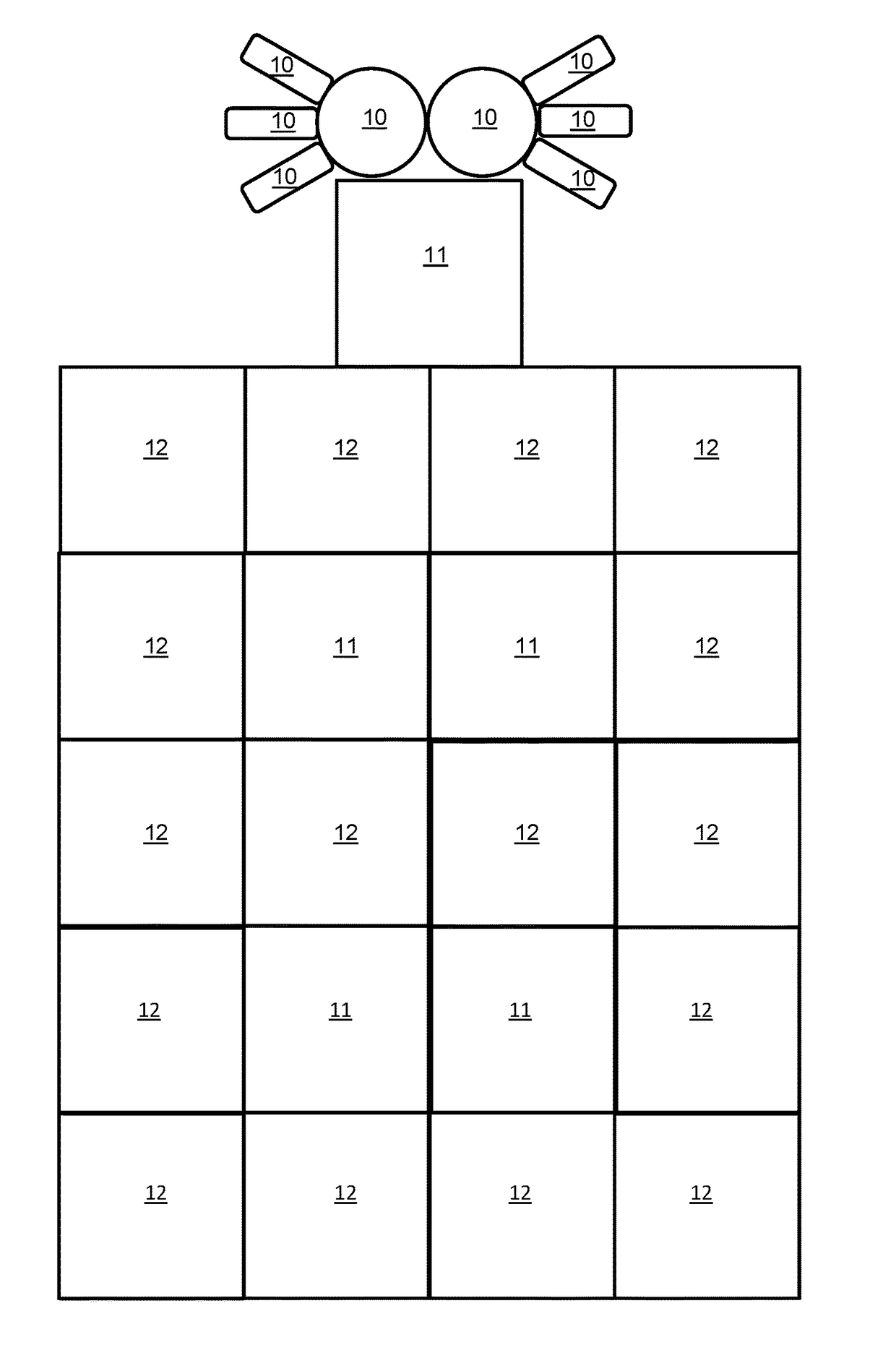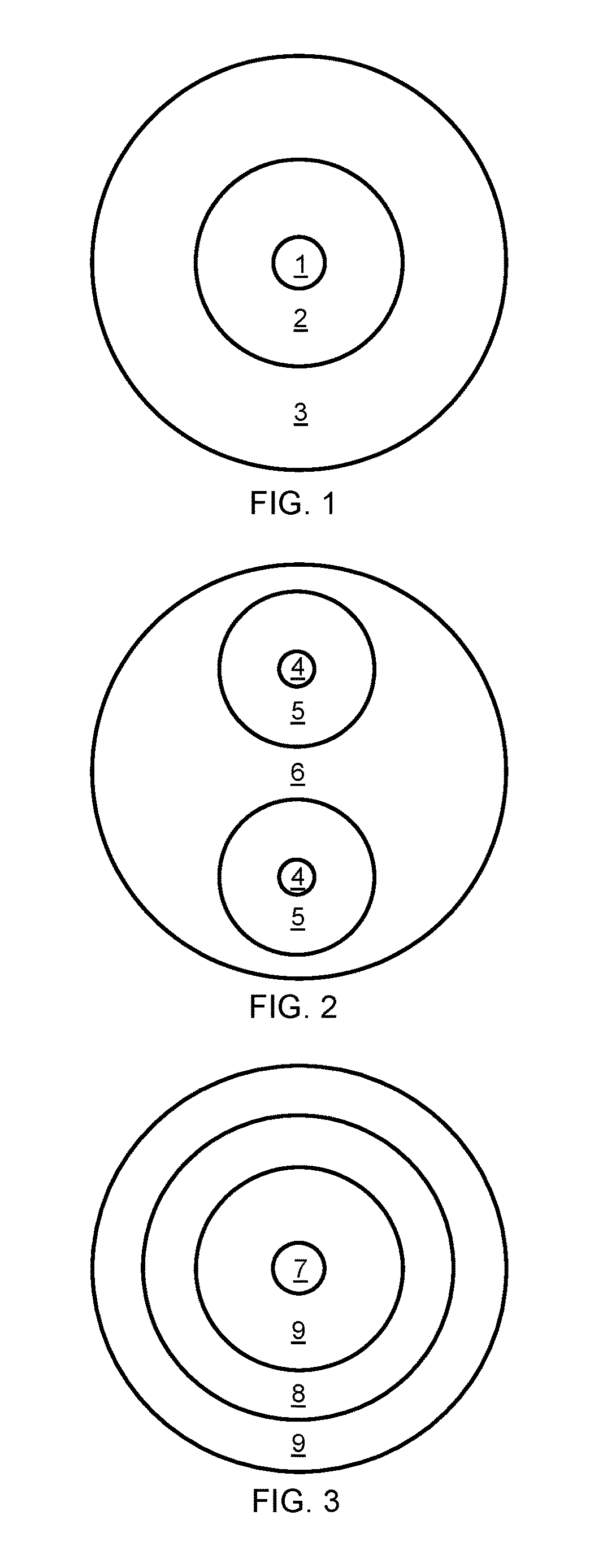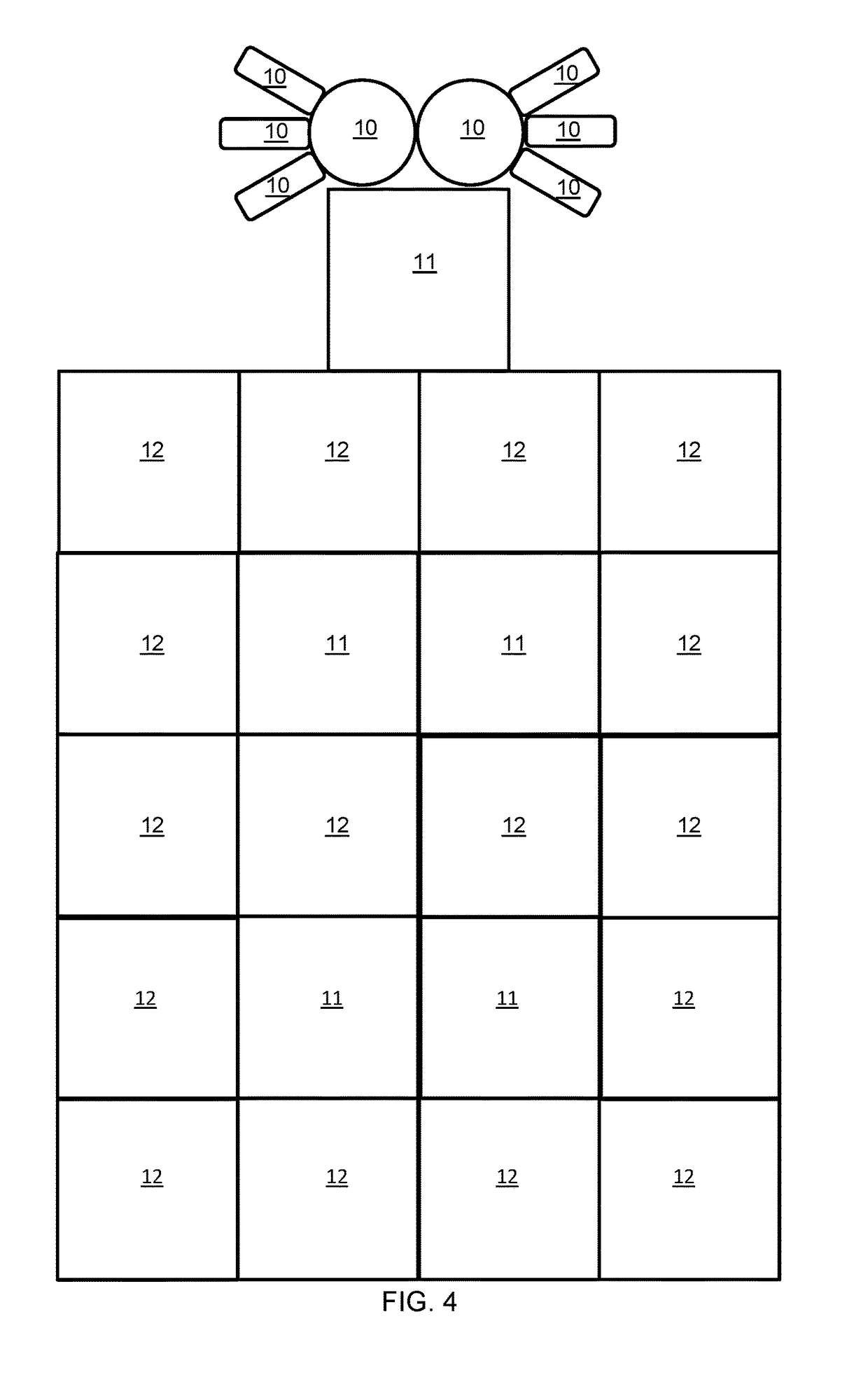Since the end of the American Apollo Program, endeavors requiring humans in space have been limited to LEO.
However, these are not the only mission scenarios that scientists and researchers want to accomplish.
Various
closed system models from the past century and modern day have been tested in the pursuit of human space travel, but with limited success.
Relying on a limited supply of food to survive is dangerous and impossible for long-term missions, revealing the need for an ecological component of the
closed system.
Though it is physically possible to provide a Mars base with sufficient food supplies, advanced technology to be able to survive on Mars, and sufficient spare parts for the advanced technology, the cost of the supply chain between Earth and Mars would likely be politically unsustainable for a permanent human presence.
If the technology were to fail our humans on Mars and there were insufficient spare parts or time to fix the technology, an
emergency evacuation of the humans from Mars would be more difficult, being at a much greater distance from Earth, with a high cost to maintain such a capability.
It is probable that the first-time humans use such an evacuation from Mars, the political consequences would lead to ceasing human habitation of Mars for some period of time.
The known cost and risk of greater cost would both likely be too great.
If the goal is to create closed systems that are sustainable for human habitation on Mars, using solely the human-technology model is not feasible.
Chemical supplies utilized in the system will also be depleted and must be replaced.
Thus, the cost-limited ability to send and have a supply of replacement parts is a
sustainability problem.
Providing a space
crew with all the replacement parts they could need for 1100 days increases the load, which effects the amount of fuel required to put and keep the ship in flight—raises the cost—, as well as the ability to bring other necessities, such as food and scientific equipment.
Technology has become a go-to solution to the everyday problems humans face; however, depending solely on it for a space-based settlement will increase the need for resupplies as damages and malfunctions occur, which prevents the settlement from becoming earth-independent.
Such a system is non-sustainable if a resupply from earth is constantly needed.
This kind of problem takes years for biologists to figure out, but Martian explorers don't have years.
This case study reveals the problem with using
biology to replace technology in an engineered system.
If a biological component fails, it cannot necessarily be replaced with a matching biological component.
Other planets, such as Mars, will seem foreign to humans, which can be psychologically harmful.
According to Stephen Kaplan, a professor of psychology and
computer science and
engineering at University of Michigan, the loss of the
natural environment (in the realm of earth'
s system) in a person's life can lead to “directed attention fatigue,” (Clay 2001) which astronauts experience in space over time.
Such fatigue is not conducive to a healthy lifestyle (i.e. can lead to loss of
appetite and motor skills), becoming dangerous to the health of an astronaut (Gunga 283).
The ultimate problem with habitation systems that do not provide a full
ecosystem component for the humans is that they do not provide for adaptive resilience to the human occupants.
If humans are limited in the extent of
natural ecosystem to which they have access, their ability to adapt to emergent situation could lead to the loss of
human life.
The initial
oxygen levels in the CES dropped to a dangerous level, leading to a need to pump
oxygen into the system, breaking open the “closed”
material cycle (Gitelson et al.
On average, there is a 6.2%
leak rate of air per year, making the system not fully closed (Allen 1992).
The researchers incorporated buffer systems to try to counteract and stop such problems from occurring, or to lessen the consequences that would ensue—e.g. pH buffer system for the ocean's artificial
coral reef; however, it is near impossible to prepare for all problems, making it essential to understand
ecology and the components and processes that are needed to create an
ecosystem, let alone a CES.
As stated before, a CES does not allow for material exchange outside of the system, making the system a treacherous place for biomes that require that exchange to survive.
By the Biosphere 2 team not considering this need, problems, such as the
oxygen decrease, started to occur, leading to the need for outside help, making the Biosphere 2 experiment a “failure” in the eyes of some people.
However, a
biology-technology model can fail to be resilient.
Even though this might seem better and closer to the goals of a CES in space, this still creates an unstable system due to failing to comprehend biological failure
modes.
If this is not achieved, the system will fail, like Biosphere 2.
The problem it encountered was not having the necessary feedbacks and transitions between ecosystems, as well as not providing enough buffering systems to allow for the ecosystems to change as they adjusted to the lack of dynamic interactions between them and other ecosystems.
However, building a CES in space must be done in a shorter period of time than decades to hundreds of years.
Less
biodiversity could lead to an entire
crop or species of
plant being wiped out due to
disease or another disturbance because there is not enough species and genetic
biodiversity to prevent the effect from spreading.
It might seem that one interaction is better or more necessary for the dynamics of the CES than the other; however, an
ecosystem cannot survive without both types of interactions present among different species.
Just having either competition or positive interactions present leads to a destabilizing of the system, such as what happened in Biosphere 2.
A system with just competition could lead to the loss of important
genetic diversity and biodiversity due to some species being stronger or more territorial than the others.
However, if one interaction between two species were to suddenly cease, the entire system could fail due to a
domino effect.
However, limitations in time and resources prevent us from building a network of ecosystems.
 Login to View More
Login to View More 


